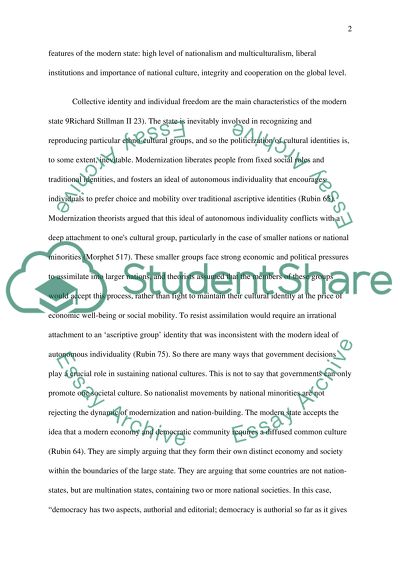Cite this document
(“Modern State Essay Example | Topics and Well Written Essays - 1000 words”, n.d.)
Retrieved from https://studentshare.org/miscellaneous/1507717-modern-state
Retrieved from https://studentshare.org/miscellaneous/1507717-modern-state
(Modern State Essay Example | Topics and Well Written Essays - 1000 Words)
https://studentshare.org/miscellaneous/1507717-modern-state.
https://studentshare.org/miscellaneous/1507717-modern-state.
“Modern State Essay Example | Topics and Well Written Essays - 1000 Words”, n.d. https://studentshare.org/miscellaneous/1507717-modern-state.


